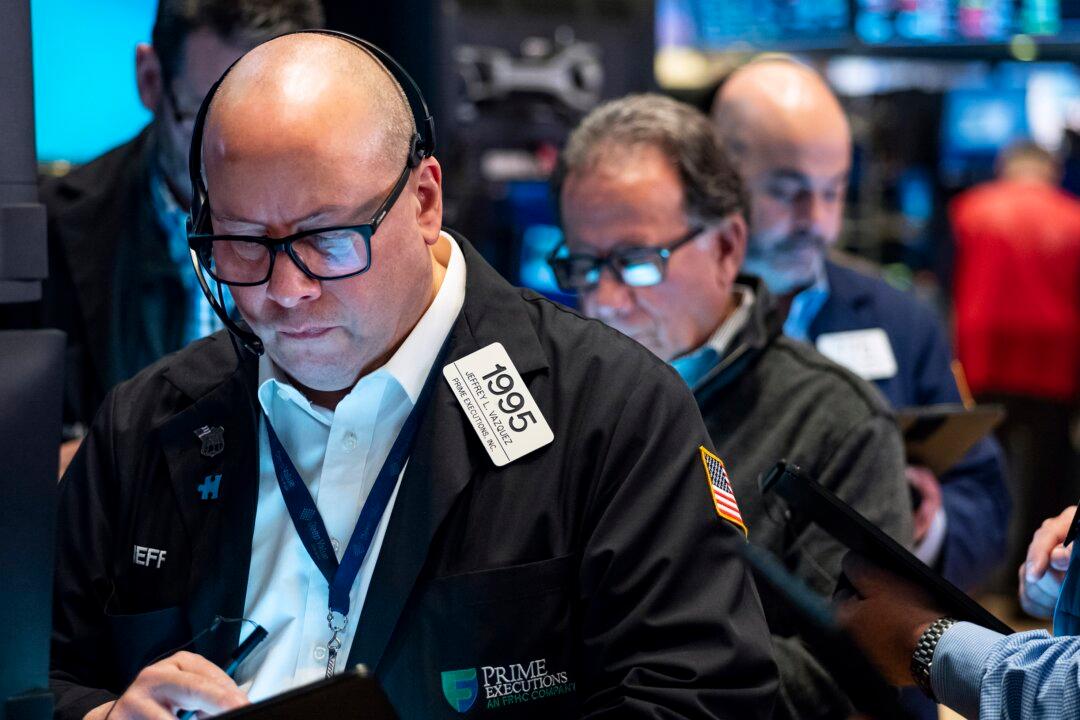News Analysis
Regulators seized First Republic Bank on May 1 and sold off its assets to JPMorgan Chase, wiping out the bank’s shareholders and making First Republic the fourth U.S. regional bank to fail this year.


Regulators seized First Republic Bank on May 1 and sold off its assets to JPMorgan Chase, wiping out the bank’s shareholders and making First Republic the fourth U.S. regional bank to fail this year.